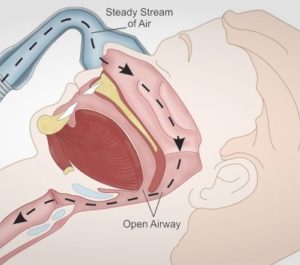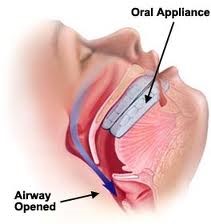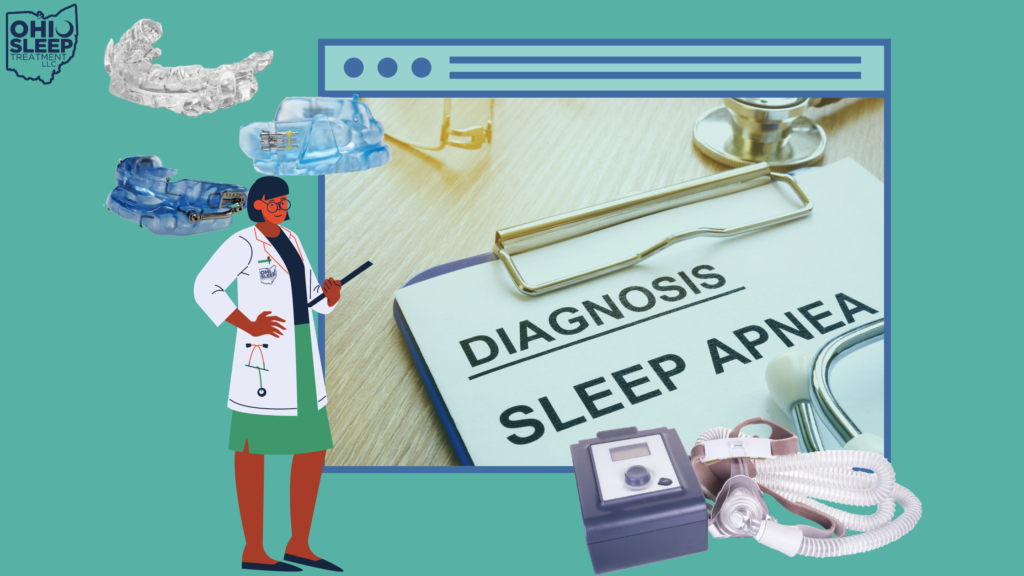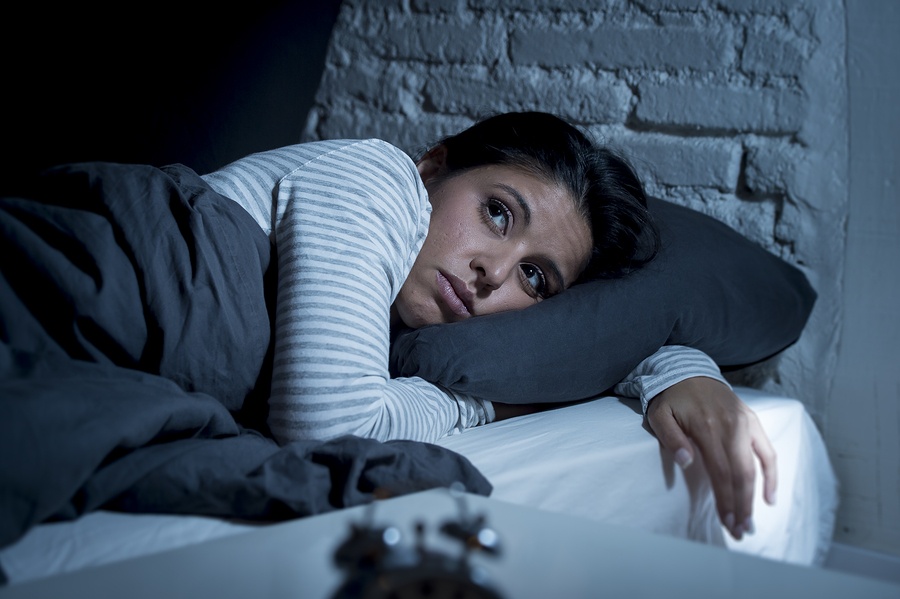-
Pingback: Oral Appliances, Effective CPAP Alternatives for Sleep Apnea | Ohio Sleep Treatment
-
Pingback: Improving your Sleep Schedule for Optimal Sleep | Ohio Sleep Treatment
-
Pingback: The Sleep-Stress Cycle. Are You a Victim? | Ohio Sleep Treatment
-
Pingback: Sleep Apnea and Mental Illness | Ohio Sleep Treatment
-
Pingback: Grinding Your Teeth at Night May Indicate Sleep Apnea | Ohio Sleep Treatment
-
Pingback: Plugged-in and Re-charging | Ohio Sleep Treatment
-
Pingback: Why Sleeping Well Now, Matters for Later | Ohio Sleep Treatment
-
Pingback: Sleep Apnea and Type Two Diabetes | Ohio Sleep Treatment
-
Pingback: Upper Airway Muscle Tone for Sleep Apnea Patients | Ohio Sleep Treatment
-
Pingback: Weighted Blanket: Trendsetter or Sleep Enhancer? | Ohio Sleep Treatment
-
Pingback: Didgeridoo It Yourself: DIY Sleep Apnea Treatment | Ohio Sleep Treatment
-
Pingback: The Basics of Restless Leg Syndrome | Ohio Sleep Treatment
-
Pingback: Insurance Coverage for Oral Appliance Therapy Explained | Ohio Sleep Treatment
-
Pingback: Halloween Candy, Scary Movies and Sleep Quality | Ohio Sleep Treatment
-
Pingback: What Happens When I’m Snoozing? | Ohio Sleep Treatment
-
Pingback: Sleep Hygiene Dos and Don'ts - Ohio Sleep Treatment
-
Pingback: Write Your Way to Improved Sleep - Ohio Sleep Treatment
-
Pingback: Tongue Exercises for Sleep Apnea - Ohio Sleep Treatment
-
Pingback: Positional Obstructive Sleep Apnea. It's a Thing - Ohio Sleep Treatment
-
Pingback: Sleep Issues in Women: Sleep Disorders, Pregnancy, and Menopause - Ohio Sleep Treatment
-
Pingback: Blue Light Affects Your Sleep. True Story - Ohio Sleep Treatment
-
Pingback: Lack of Sleep and Weight Gain - Ohio Sleep Treatment
-
Pingback: Alcohol and Your Sleep Quality - Ohio Sleep Treatment
An Overview of Obstructive Sleep Apnea
In this article, an overview of obstructive sleep apnea, we gain an understanding of a serious chronic disease affecting 22 million Americans. Obstructive sleep apnea is one of the most common sleep disorders facing Americans today with an estimated 22 million cases undiagnosed. Obstructive sleep apnea causes breathing to repeatedly stop and start during sleep. There are three levels, ranges in patients diagnosed with OSA: mild, moderate and severe. You can learn more about those ranges here. Before we explore the impacts of sleep apnea on our health, let’s get familiar with some of the classic symptoms.
Symptoms of Obstructive Sleep Apnea:
One of the most common symptoms of sleep apnea is snoring, affecting 57% of men and 40% of women. Snoring is caused by the vibration of tissues near the airway in the back of your throat. While we sleep, the musculature in our neck relaxes and the result is a narrowing airway. Air is forced through a smaller opening, and sometimes, airflow is obstructed entirely for a period of time.
Another symptom of sleep apnea is excessive daytime sleepiness (EDS). We all know that sluggish, lethargic, and drowsy feeling all too well. Individuals that feel tired during the day can take the Epworth Sleepiness Scale test in order to find out if you are more tired during the day than you should be. This study from Harvard Medical has great information about the Epworth as well.
Additional Symptoms of Obstructive Sleep Apnea:
- Awakening with a dry mouth
- A morning headache
- Difficulty staying asleep
- Difficulty paying attention while awake
- Irritability
- Episodes in which you stop breathing during sleep (witnessed by another person)
- Gasping for air during sleep
Now that we are familiar with some of the symptoms and signs of OSA, let’s take a better look at how sleep apnea can impact your life. When sleep apnea goes undiagnosed or untreated, it can wreak havoc on your health. As we discussed, sleep apnea represents an interruption or stoppage in breathing. This may not sound like a big deal, but, over time the impacts are tremendous. Many health conditions are linked to untreated sleep apnea including, obesity, high blood pressure, atrial fibrillation, type 2 diabetes, nocturia, and a host of other conditions. This article from the Mayo Clinic, outlines a number of other complications associated with sleep apnea. A brief list is below.
Health Effects of Sleep Apnea:
- High blood pressure
- Stroke
- Heart failure, irregular heartbeats, heart attacks
- Diabetes
- Depression
- Worsening of ADHD
Additionally, sleep apnea can affect the cardiovascular system, respiratory system, endocrine system, digestive system, circulatory system, nervous system, and reproductive systems. The takeaway, your sleep quality has the potential to impact every system and process in the body. Now that we are familiar with Obstructive Sleep Apnea, we can talk about the main forms of treatment.
Forms of Treatment:
The most widely accepted form of therapy is CPAP (Constant Positive Airway Pressure). Essentially, the airway is kept open by the use of positive pressure which is customizable based on the severity of sleep apnea. There are many benefits to this form of therapy. Providers are able to monitor CPAP usage to help determine if sleep apnea is being effectively treated. CPAP therapy is covered by insurance. If you have questions about CPAP, please contact a sleep professional. If you prefer a different form of therapy, that does not require the use of a mask, you are in luck.
CPAP Therapy:
- Prescribed by a sleep physician
- Applies pressure to the airway to increase the flow of air
- Various masks to wear
- Hose connects the mask to the CPAP unit

Oral Appliance Therapy:
Another widely accepted treatment of sleep apnea is oral appliance therapy. They are compact, easy to use, and do not require the use of a mask or hose. Oral appliances are travel friendly, portable, and easy to care for as well. Studies indicate oral appliances are an effective form of first-line therapy for mild and moderate patients and for severe patients that are CPAP intolerant. On average, more patients prefer the use of oral appliance therapy than CPAP. Oral appliances are covered by your medical insurance. Ohio Sleep Treatment accepts most major medical insurances. See below for more information about oral appliances along with some helpful graphics.
- Prescribed by a sleep physician
- Holds the lower jaw in a forward position to keep the open Airway
- Dentist administers treatment
- Appliance is custom-fit to your mouth
- Travel-friendly
- AASM Oral Appliance Therapy Recommendations

Additional Treatment Options:
A number of surgical options found here are available to treat sleep apnea as well.
Finally, your healthcare provider may recommend weight loss in addition to any of the above treatment options to help treat your sleep apnea.
We hope this overview of obstructive sleep apnea is a useful reference in your journey of self-education. If you or someone you know is experiencing any of the symptoms or health concerns listed above, you may consider speaking with a licensed healthcare professional. You can take the sleepiness quiz found on our homepage as well.
We look forward to reading your comments and answering your questions below.
Sleep Like You Mean It,
The team at Ohio Sleep Treatment



